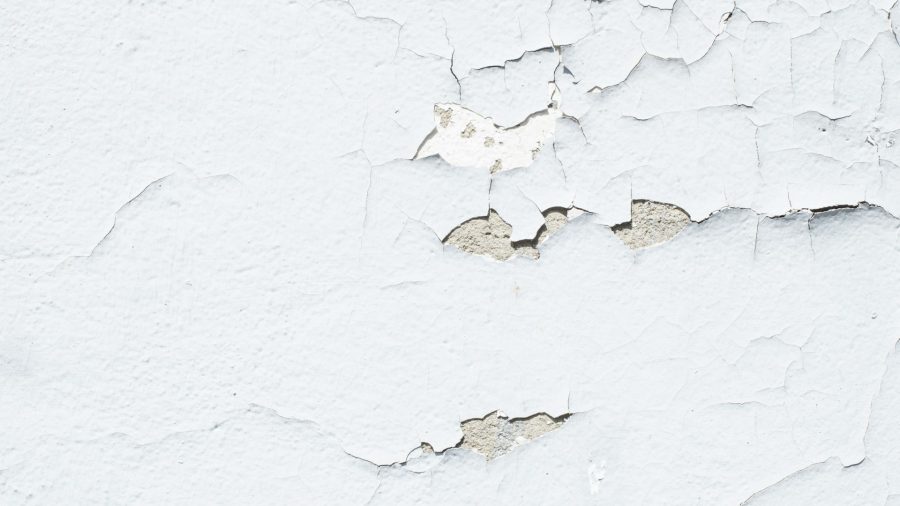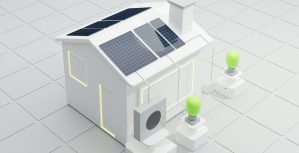How to Prevent Moisture-Related Issues in Construction
Moisture is one of the most common and damaging problems in construction. It can lead to structural damage, mould growth, and a host of other issues that compromise the integrity and longevity of buildings. Preventing moisture-related issues requires careful planning, the right materials, and meticulous attention to detail during construction. Here are some effective strategies to prevent moisture problems in your construction projects, with a focus on high-quality solutions from trusted brands like Visqueen.
1. Use Moisture-Resistant Materials
Choosing the right materials is the first step in preventing moisture-related issues. Materials that are designed to resist moisture penetration and damage are essential for building a durable structure. For example:
- Moisture-Resistant Drywall: This type of drywall is treated to resist moisture and mould, making it ideal for areas prone to high humidity, such as bathrooms and basements.
- Waterproof Membranes: Products like Visqueen provide effective moisture barriers for various parts of a building, including foundations and walls. These membranes prevent water from penetrating the building envelope and causing damage.
2. Proper Site Preparation
Before construction begins, ensure that the site is properly prepared to handle water drainage. This involves grading the site so that water flows away from the building and not towards it. Proper site preparation helps prevent water from pooling around the foundation, which can lead to moisture infiltration and structural damage.
3. Install Effective Drainage Systems
Effective drainage systems are crucial for managing water around the building. This includes:
- Gutters and Downspouts: Properly installed gutters and downspouts direct rainwater away from the building, preventing water from seeping into the foundation.
- French Drains: These are trenches filled with gravel and a perforated pipe that redirects surface and groundwater away from the building.
- Sump Pumps: For areas with high water tables or frequent flooding, sump pumps can help remove excess water from basements and crawl spaces.
4. Seal Joints and Penetrations
Any gaps, joints, or penetrations in the building envelope can be potential entry points for moisture. It’s essential to seal these areas effectively to prevent water ingress. High-quality sealants and tapes from reliable brands like Visqueen can provide robust and long-lasting seals that protect against moisture.
5. Use Vapour Barriers
Vapour barriers are materials that slow down or prevent the movement of moisture through walls, floors, and ceilings. They are particularly important in areas with high humidity. Vapour barriers should be installed on the warm side of the insulation in cold climates and on the exterior side in hot, humid climates to control moisture and prevent condensation.
6. Proper Ventilation
Adequate ventilation is crucial for controlling moisture levels inside the building. Proper ventilation helps reduce humidity, preventing mould growth and other moisture-related problems. Ensure that areas such as attics, crawl spaces, and bathrooms are well-ventilated. Installing exhaust fans in high-moisture areas can help expel excess moisture and improve air circulation.
7. Regular Maintenance
Even with the best preventive measures, regular maintenance is essential to keep moisture-related issues at bay. Inspect the building periodically for signs of water damage, such as stains, mould, or musty odours. Address any issues promptly to prevent further damage. Regularly clean gutters and downspouts, check seals around windows and doors, and ensure that drainage systems are functioning correctly.
8. Educate and Train Workers
Ensuring that construction workers are well-trained in moisture prevention techniques is crucial. Educate your team about the importance of proper material selection, installation methods, and maintenance practices. Proper training can help prevent mistakes that lead to moisture problems and ensure that preventive measures are implemented effectively.
Preventing moisture-related issues in construction requires a comprehensive approach that includes using high-quality materials, proper site preparation, effective drainage, sealing joints, using vapour barriers, ensuring proper ventilation, and regular maintenance. Products from trusted brands like Visqueen play a vital role in providing effective moisture protection. By implementing these strategies, you can safeguard your construction projects from moisture damage, ensuring their durability and longevity.
Share It on :





